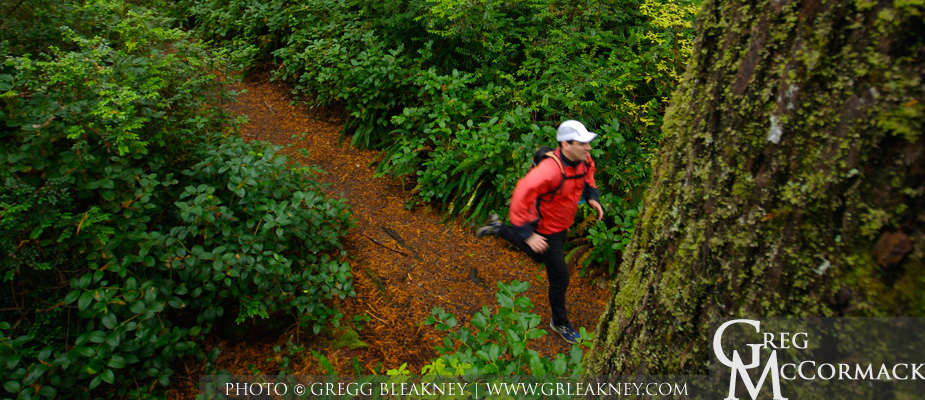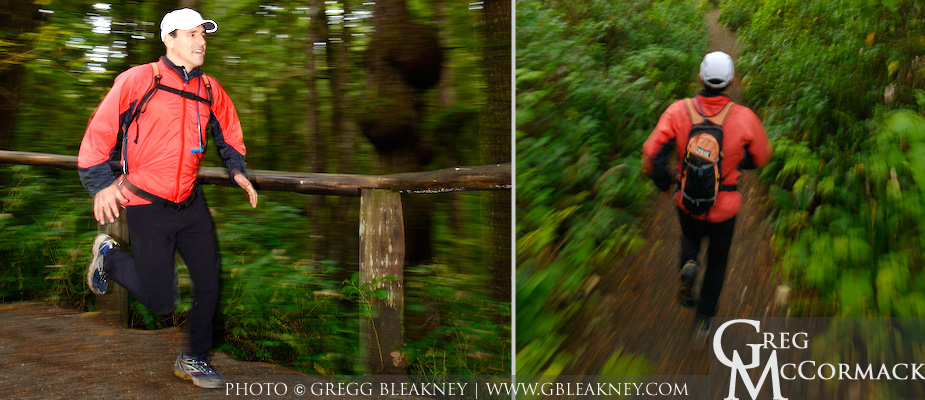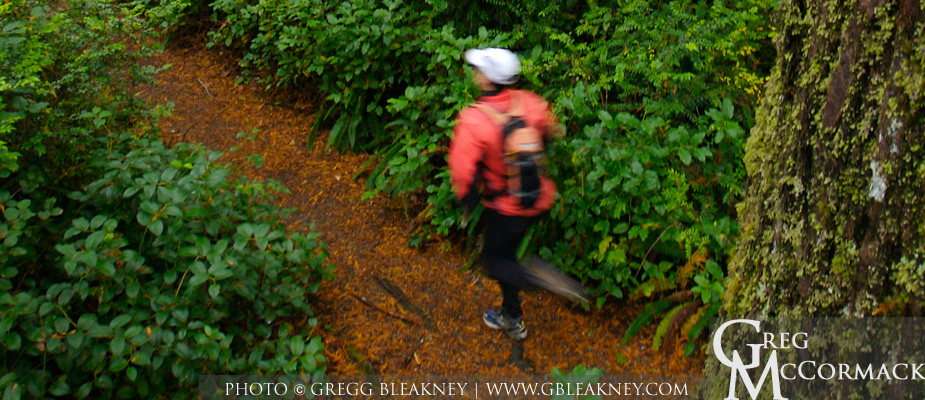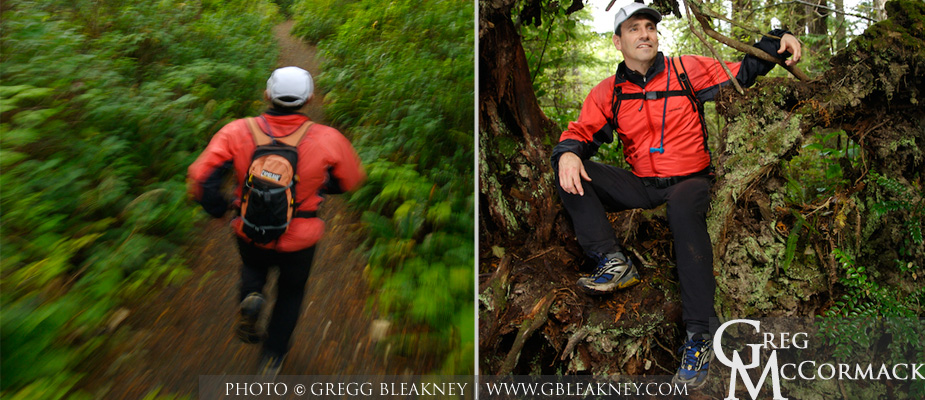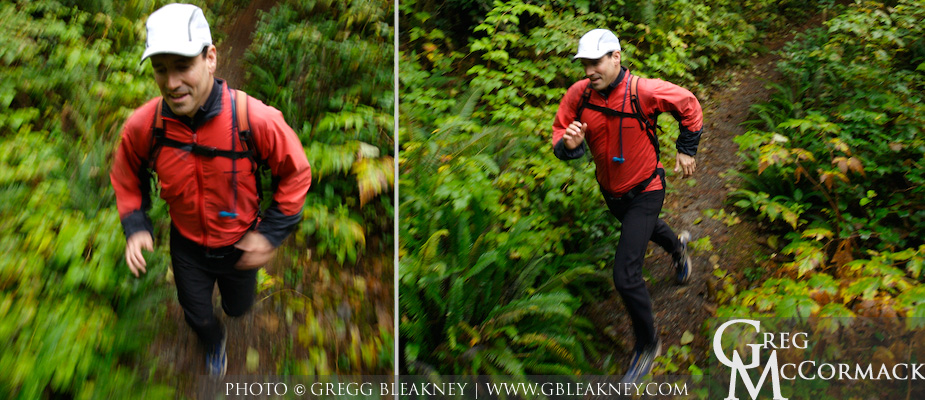Cross-Olympic Trail Run
TRAINING FOR THE OLYMPICS
For more than half a decade during the naughts, I eagerly awaited “Spring Training”. Training consisted of a few difficult runs that would take place in the lower elevation foothills of the Olympics, the mountains located West of Seattle on the Olympic Peninsula in Washington State, USA.
The runs were difficult because I had to bump up my minimum base of 13 to 20 miles per run. After 6-10 runs of this distance, I was ready for a mountain marathon of 20, 30 or 40 or more miles every weekend for the rest of the spring, summer and fall.
My goal: To run every mile of trail in the heart of Olympic National Park, consisting of 600-plus miles of rugged, mountainous, mostly foot-wide (30 cm) paths leading up river valleys and over snow-capped ridgelines and mountain passes.
This wasn’t the first time I ran all the trails in a park. While working as a park interpretive ranger at Point Reyes National Seashore back in the 90’s, I spent 5 months on a similar, but much easier goal of running all 160 miles of the park trails.
The Olympics are a whole different beast, as the high country is only open for a few months at best, from early July to late October. My favorite time is late Spring when later winter storms with little oomph hit the high country with wild snow flurries and occasional white-outs. It’s the supreme challenges that keep me going.
Running below, through and above clouds is a usual occurrence and dealing with mild hypothermia is not a problem, just another factor to keep you feeling alive. It’s the thresholds of endurance…going beyond what you think you are capable of doing and then doing it for hour after hour after hour until exhaustion and seeds of doubt pushes you into overdrive for the final push home.
My decision to do so was a result of two realizations: 1) I had just bought property with a view of the Salish Sea and had significant monthly payments and 2) my full-time work for the government (Department of Commerce with the National Oceanic and Atmospheric Administration) restricted how much time I would have off to travel very far or for very long.
An epiphany hit me and it made sense to dedicate the next 5 years to accomplishing my goal, one that required running over 1,100 miles, 500 miles more to compensate for repeated out and back miles or miles that occurred in the Olympic National Forest that surrounds the national park.
Having worked and lived within and adjacent to the national park for many years, I found it curious that I still did not really know my million-acre “backyard”.
The undertaking required many hours of studying topographic maps, figuring out logistics and preparing menus for the long-distance trail runs.
Below is a description of one of my runs:
August 26, 2006
I just completed a 40.2 mile Cross-Olympic trail run with 6000 feet of vertical gain in the national park.
Due to the rugged nature of the trails (roots, rocks, turns, steep incline, etc.), I have to walk for at least a third of each and every trail run. Most of my runs I take quick breaks to write in my field notebook, splash stream water on my face or soak-in the spectacular scenery.
Logistically speaking, solo trail running can be a bit complicated. For example, on this particular run, I had bicycled around a road wash-out and left my bike near the Dosewallips trailhead a week prior for a 23 mile trail run over Constance Pass.
First I had to drive and leave my car at the wash-out a couple of days before my 40-miler and take a bus back home. The night before the run a friend drove and dropped me off with sleeping bag, pad and running gear close to the trailhead at Whiskey Bend.
The entire afternoon and evening prior to the run was dedicated to preparations. I must have a high-caloric menu, including liquids, first aid gear, emergency clothing and reporting to rangers and friends my latest exit time from my adventure. In regards to the latter, I figure a half-mile to 1 mile per hour pace from my point of no return. For example, if I break an ankle 20 miles into a run, I allow up to 20 hours to hobble out before my emergency contact enacts a search party. My mantra is to never depart from the trail, to make each and every foot-fall a clean one, and to feel as good at the end of the run as I felt at the beginning.
After consuming a quart of a 1200 calorie smoothie I made the night before, I get out of my sleeping bag and onto the trail by 4:40 a.m.. I wear a head lamp for the first 70 minutes. During the course of the first half-marathon, I “bumped-into” 8 people, three of them park ranger acquaintances, while following the largest river system in the Olympics, the mighty Elwha.
Then for the 2nd half-marathon (along trails I had never-before-run) I only saw one person. I was alone and loving it in the sunny wilderness with a 5000-foot climb through the lowland forests up into the open high country where a few snow patches and tons of wildflowers, small mossy streams and fabulous views of jagged mountain peaks, glaciers and meadows as far as the eye can see!
The last half-marathon was mostly downhill along the head-waters of the Dosewallips River. I kept spashing water on my legs and face at every stream crossing. Throughout the day i must have done this 30–50 times. I think the snow-melted waters are good for the legs and for cooling off…less sweat (and of course, the function of sweat is to cool-off the body). I saved on fatique–as well as the amount of water that I needed to carry–because of the splashing as well! Feeling clean and good the whole way, especially the four hour climb to the top of the mountain pass. I must have been wet three of the four hours going up!
Get to my hidden bike 5 minutes before my dark deadline of 8:30 p.m. and spend 45-minutes mountain biking out on an old closed road back to my car. A snow-storm of moths blurred my vision–no glasses to protect the eyes–however, bats swooped right in front of me capturing as many as they could on the final descent.”


